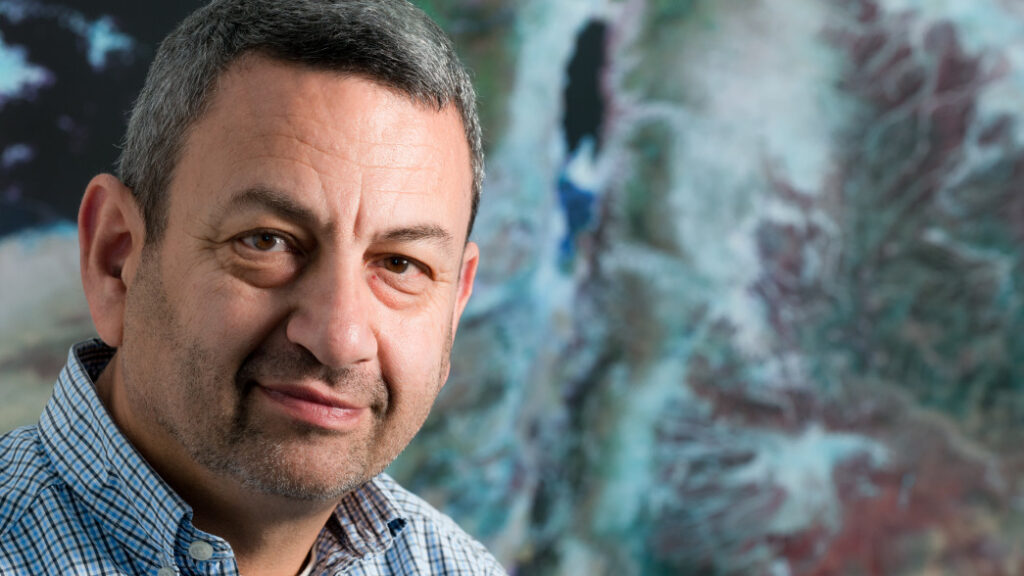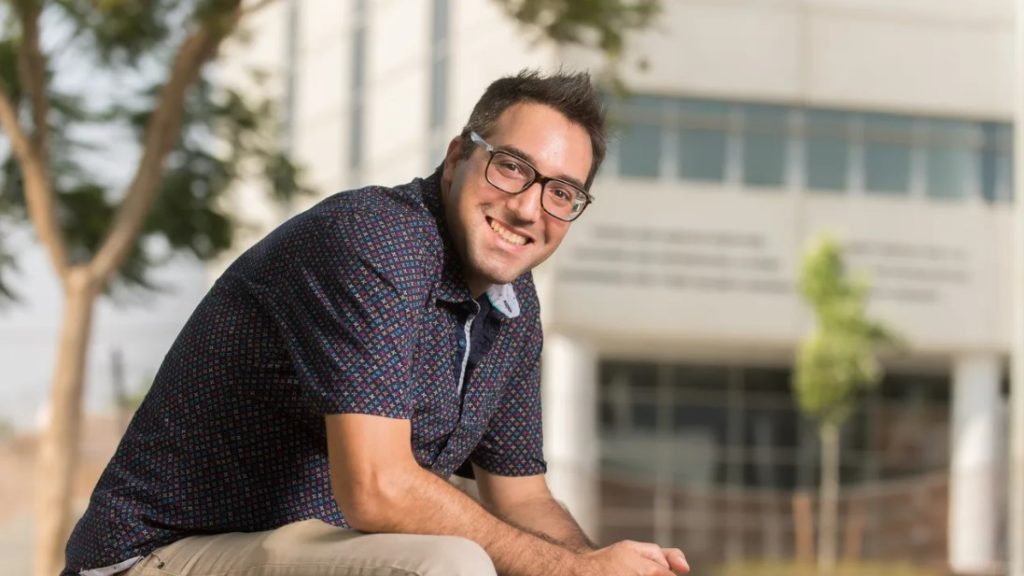
Helping U.S. Army Improve Intelligence Gathering
Helping U.S. Army Improve Intelligence Gathering
April 11, 2013
Homeland & Cyber Security, Press Releases
BEER-SHEVA, Israel, April 11, 2013 – Combining video feeds from unmanned ground and aerial vehicles in a single screen will aid soldiers with orientation and identification tasks, according to a new study by Ben-Gurion University of the Negev (BGU) researchers funded by the United States Army.
Dismounted operational tactics in urban areas are often aided by information from unmanned aerial vehicles (UAVs). The challenge for the dismounted soldier who receives video feed from UAVs lays in the ability to understand the global situation in the conflict area.
The aerial feed is usually used to enhance soldiers’ situation awareness abilities, but less for identifying specific elements. A possible way to enhance soldiers’ orientation and awareness is to display multiple sources of information.
This study examined the value of adding video feeds from unmanned ground vehicles (UGVs) along with aerial feeds, as opposed to using aerial feed alone. Thirty BGU engineering students who served in Israel’s combat infantry units for at least three years and have done a stint of reserve duty in the year previous to the experiment participated in the study.
The former soldiers received infantry training, but none were trained on operating UGVs. Objective mission-related performances and eye-tracking patterns were examined.
The results show that performance scores in both the identification and orientation tasks were superior in the combined interface. In addition, few consistent eye-scanning strategies were found, and generally participants preferred to use the ground feed video over the aerial feed. These results contradict previous findings that state that orientation tasks are better achieved through the use of aerial feeds.
“Lessons learned from the war on terror led to the development of new operation methods that are heavily aided by remote-controlled machines,” explains Dr. Tal Oron-Gilad, of BGU’s Department of Industrial Engineering and Management and Homeland Security Institute.
Other researchers in the study include Dr. Yisrael Parmet, from Ben-Gurion University of the Negev’s Department of Industrial Engineering and Management; Ronny Ophir-Arbelle, UX designer and usability specialist at Code Value and Dr. Avinoam Borowsky, researcher at University of Massachusetts Amherst.
The study was supported by the U.S. Army Research Laboratory through the Micro-Analysis and Design CTA.
ABOUT AMERICANS FOR BEN-GURION UNIVERSITY
By supporting a world-class academic institution that not only nurtures the Negev, but also shares its expertise locally and globally, Americans for Ben-Gurion University engages a community of Americans who are committed to improving the world. David Ben-Gurion envisioned that Israel’s future would be forged in the Negev. The cutting-edge research carried out at Ben-Gurion University drives that vision by sustaining a desert Silicon Valley, with the “Stanford of the Negev” at its center. The Americans for Ben-Gurion University movement supports a 21st century unifying vision for Israel by rallying around BGU’s remarkable work and role as an apolitical beacon of light in the Negev desert.
About Ben-Gurion University of the Negev
Ben-Gurion University of the Negev embraces the endless potential we have as individuals and as a commonality to adapt and to thrive in changing environments. Inspired by our location in the desert, we aim to discover, to create, and to develop solutions to dynamic challenges, to pose questions that have yet to be asked, and to push beyond the boundaries of the commonly accepted and possible.
We are proud to be a central force for inclusion, diversity and innovation in Israel, and we strive to extend the Negev’s potential and our entrepreneurial spirit throughout the world. For example, the multi-disciplinary School for Sustainability and Climate Change at BGU leverages over 50 years of expertise on living and thriving in the desert into scalable solutions for people everywhere.
BGU at a glance:
20,000 students | 800 senior faculty | 3 campuses | 6 faculties: humanities & social sciences, health sciences, engineering sciences, natural sciences, business & management, and desert research.
For all press inquiries, please contact:
James Fattal, J Cubed Communications
516.289.1496



